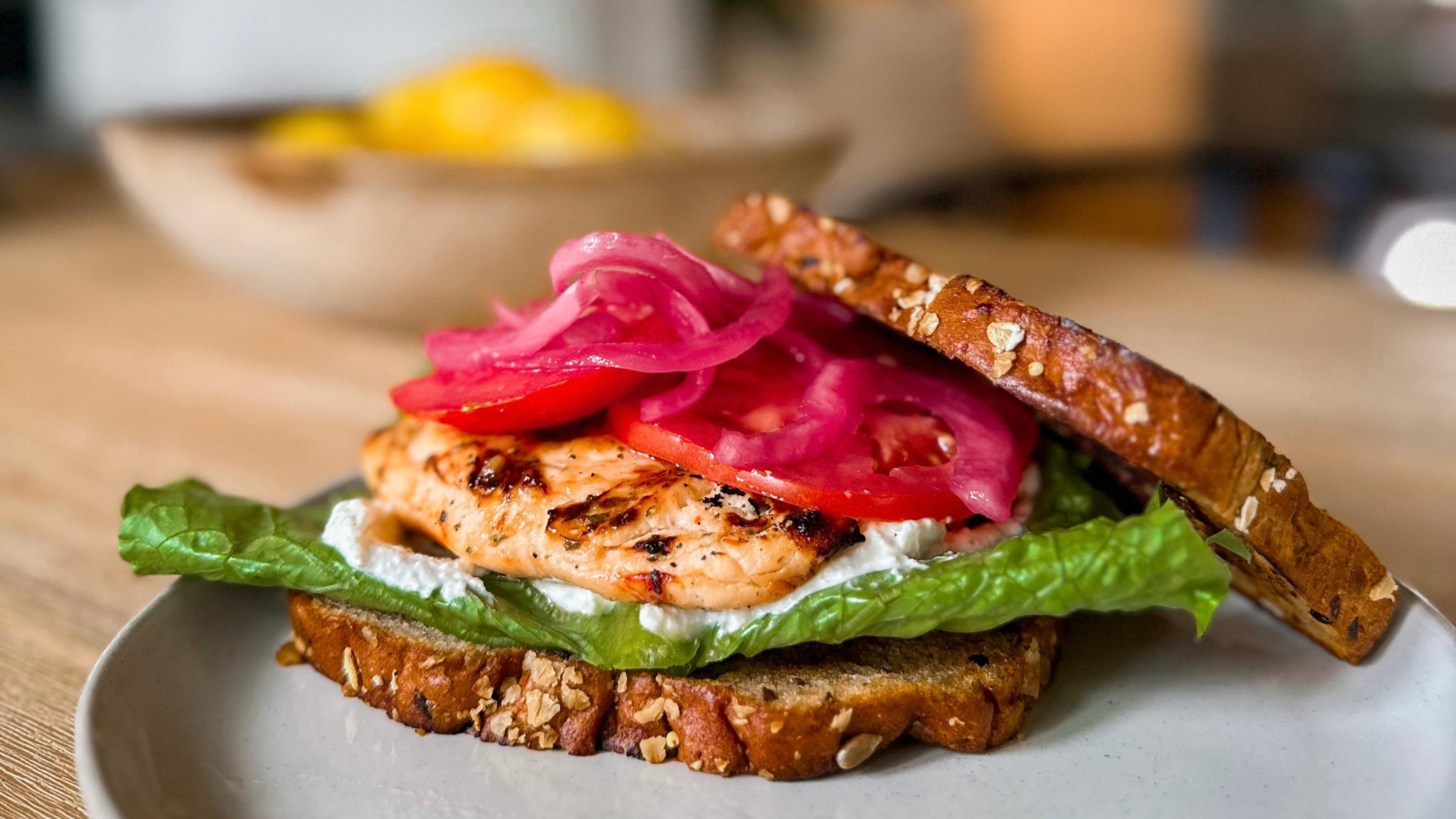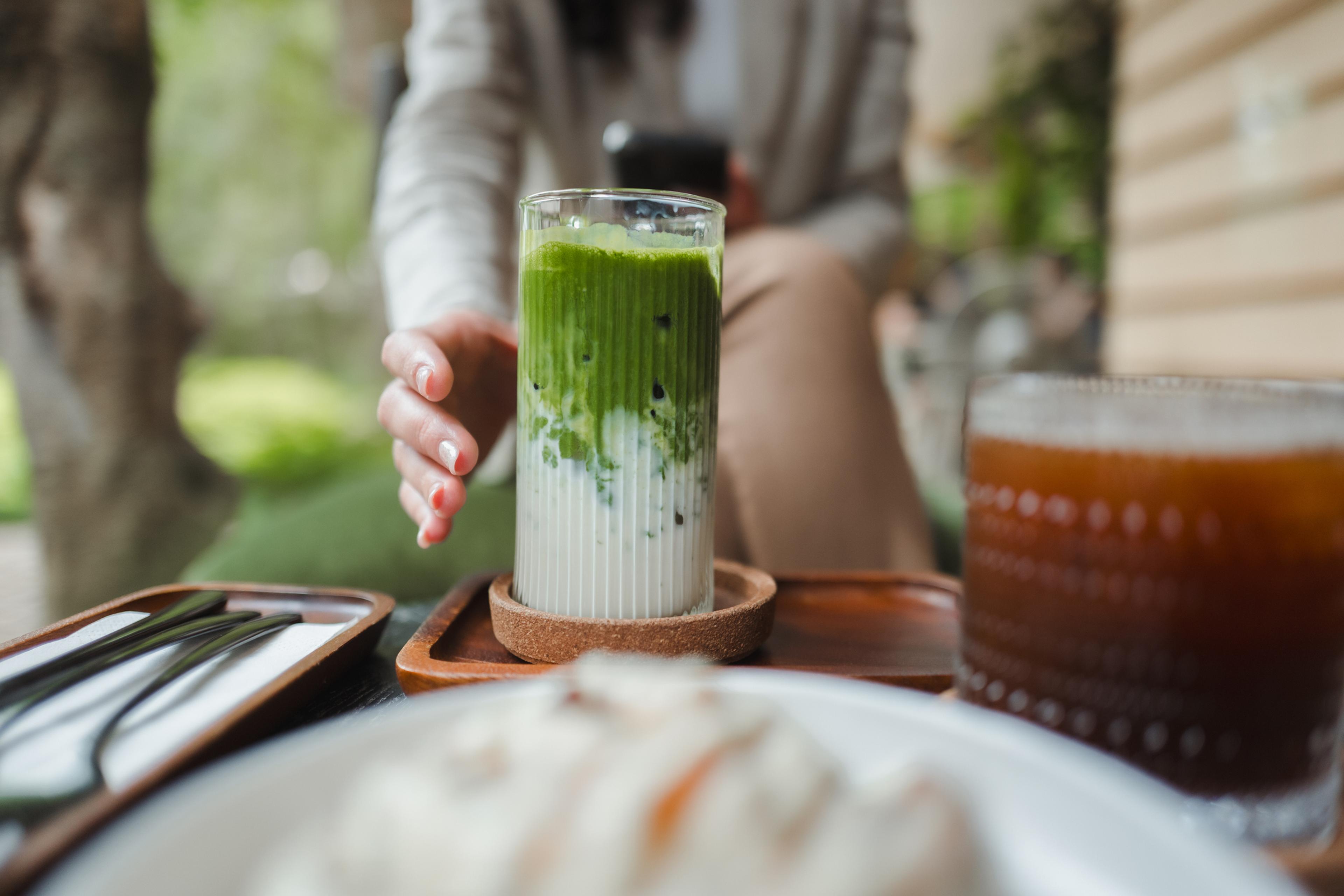12 Forgotten winter fruits and veggies

Adriane Davis
| 3 min read

Butternut squash and sweet potatoes aren’t the only produce that grow when temperatures drop, try these uncommon fruits and veggies during this chilly winter season to keep you warm and healthy.
Artichokes: This savory vegetable can be found fresh twice a year, during the spring and winter seasons. Loaded with folate and fiber, artichokes are a great addition to a winter palate. Try them in a warm appetizer, a compliment to a main dish, or in a nice salad.
Blood Oranges: Add this tangy, citrusy fruit to salads, desserts, and drinks for zest and a pop of color. Similar to normal oranges, blood oranges are full of vitamin C and fiber. The eye-catching red color will be a festive compliment to any holiday meal.
Cabbage: Sautéed, steamed, or raw, cabbage has nutritional value that can help lower cholesterol, reduce inflammation, strengthen your bones, and boost your immune system. Cabbage can withstand colder temperatures than other leafy greens and can be prepared many different ways, making it a perfect winter vegetable.
Chestnuts: Although their season is short, if you can get a hold of them from October through December, chestnuts can provide nutrition and serve as a holiday delight during the colder months. Chestnuts offer a full-bodied flavor with a healthy dose of vitamin C. Try these delicious nuts roasted, in holiday stuffing, or in a hearty soup.
Escarole: Cooler temperatures bring out the best in this mellowed flavored veggie. The high potassium and vitamin A content will help keep your immune system strong and healthy this winter. Try escarole in a lively salad or in a hearty soup.
Fennel: This slightly sweet crunchy green vegetable will add a refreshing pop of flavor to fresh salads and pastas. Fennel contains high levels of fiber that can improve the performance of your digestion system along with high levels of potassium, which helps lower cholesterol.
Kale: Winter frost brings out the sweetness in this earthy leafy green. Kale is a super food that contains high volumes of vitamins K, A, and C. Try it as a side dish, in a salad, and in soup.
Parsnips: Switch up your routine by adding this crunchy sweet vegetable to your menu. Roasting parsnips is a great way to get a healthy and delicious dose of fiber.
Persimmons: These sweet fruits have a mushy, sometimes firm, texture that blends well with deserts and salads. Persimmons are a great source of fiber and they can be tasty fruit choice during the cold season.
Radishes: These little veggies pack a crunchy texture with a high dose of vitamin C, and have a slightly sweet taste. If you want to get the most out of you radishes try sautéing them with other veggies in a stir fry, or cook them by themselves with a pinch of salt or sugar and they will make a tender side dish.
Rhubarb: Known for its distinct tart taste, this stalk vegetable thrives in cold temperatures. To reduce the sour taste of rhubarb use juice, honey, or sugar to decrease the sourness. Rhubarb is great in deserts and dinner entrees.
Snow Peas: Rich in vitamins C and K, snow peas are a low calorie, crunchy treat often used in stir-fry. This slightly sweet vegetable is also great in pastas and salads. Snow peas only stay fresh for a few days the fridge, so remember to cook them shortly after you buy them.
Photo credit: Roving-Aye!





